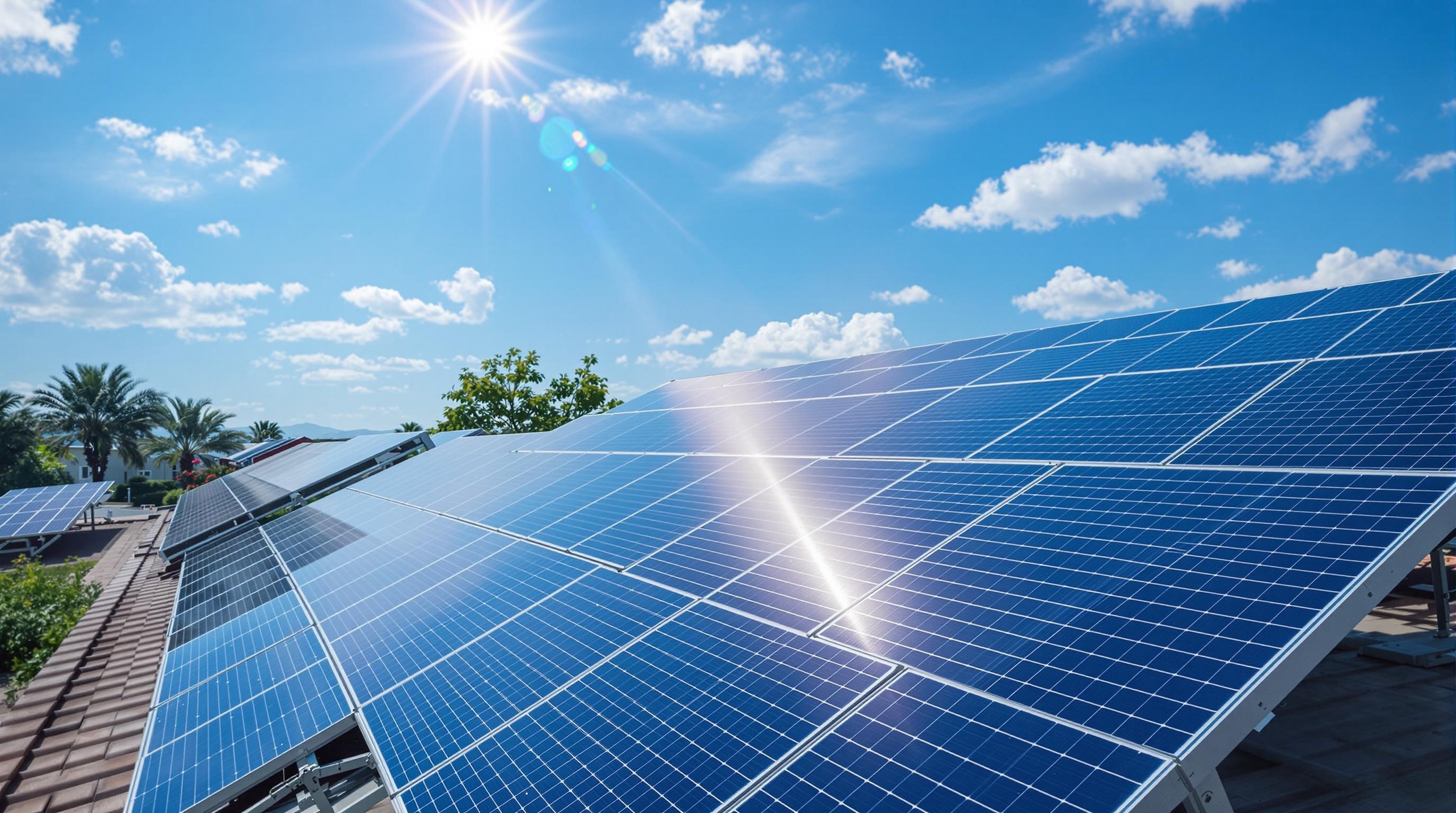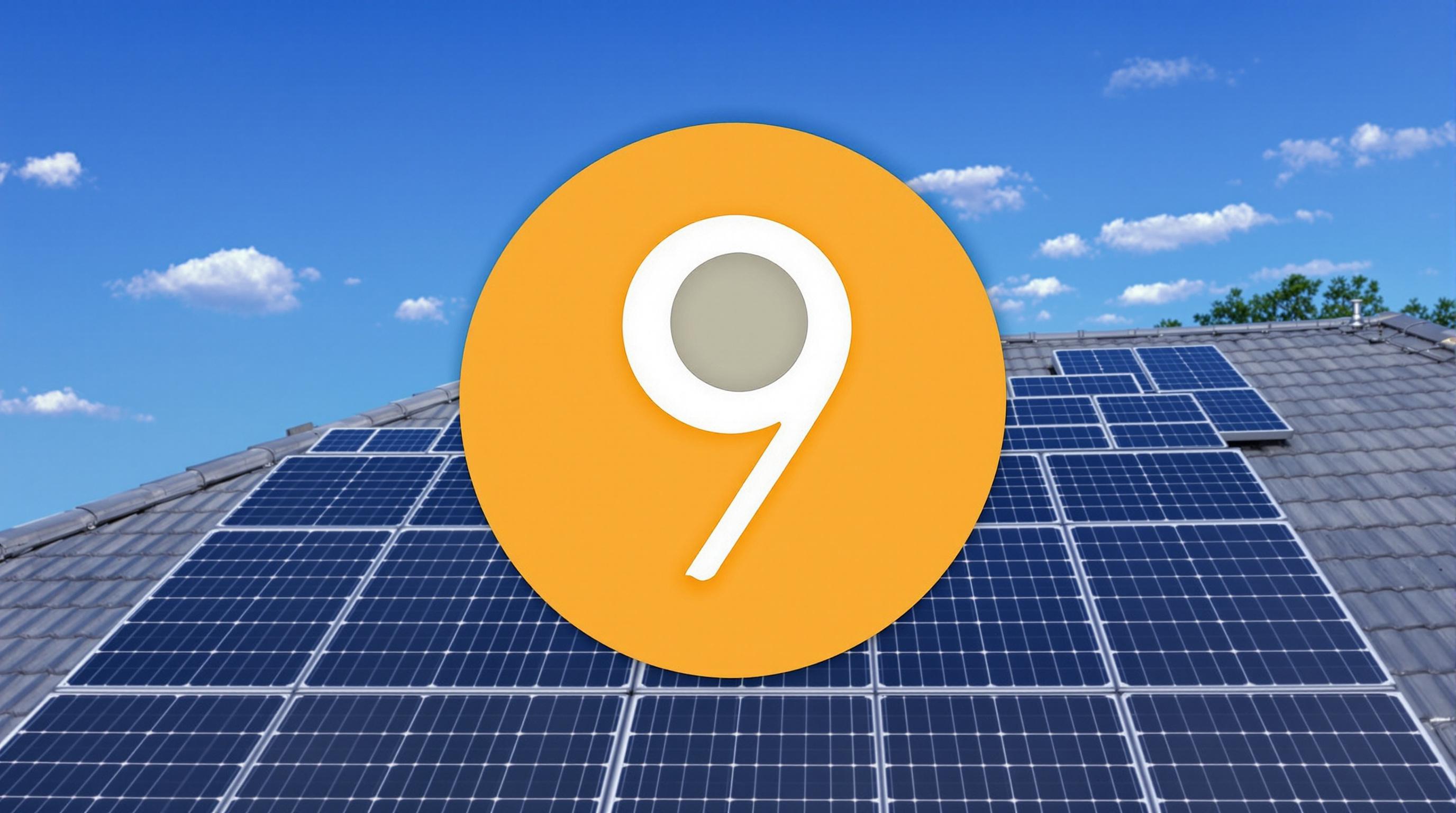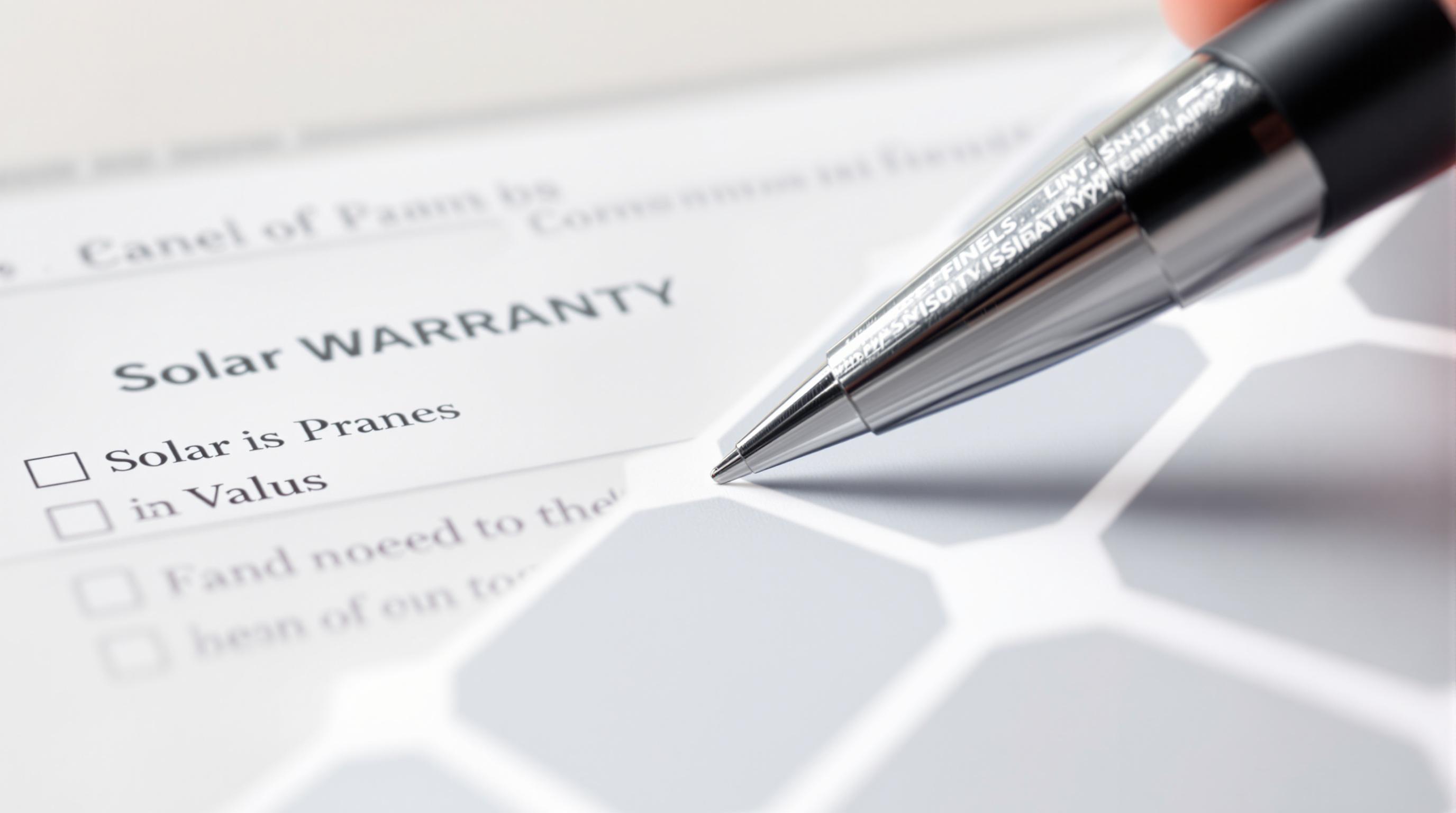Related Articles
- 7 Game-Changing Off-Grid Solar Kits from the Last 5 Years Ranked for Peak Performance and Reliability
- Uncovering the Role of Solar Warranty Disputes in Shaping Consumer Trust and Industry Accountability
- The Role of Behavioral Economics in Shaping Unexpected Solar Investment Decisions Among Rural Entrepreneurs
- Top 5 Emerging Solar Panel Brands Since 2019 That Outlast the Competition in Real-World Tests
- Top 6 Trailblazing Ground Solar Frames Unveiled Since 2019 Revolutionizing Installation Speed and Durability
- How Biodegradable Mounting Materials Could Revolutionize Eco-Friendly SolarRoof Installations by 2030
How Climate Change is Reshaping Solar Warranty Claims and What It Means for Future Energy Security
How Climate Change is Reshaping Solar Warranty Claims and What It Means for Future Energy Security
Climate change is profoundly altering the landscape of solar warranty claims, challenging manufacturers and consumers alike to rethink the future of energy security. This article delves into the shifting dynamics behind these claims, backed by data, case studies, and varied perspectives, while exploring what it means for the global push toward reliable renewable energy.
A Personal Encounter with Climate-Induced Warranty Challenges
When my cousin installed solar panels in Arizona five years ago, she expected decades of uninterrupted green energy. Yet last summer’s record-breaking heatwave caused unexpected system failures, leading to complex warranty paperwork and repair delays. Her experience is far from unique, underscoring a rising trend: climate change isn’t just an environmental crisis; it’s reshaping warranties and repair costs in the solar industry.
The Heat Is On: Rising Temperatures and Solar Panel Degradation
Solar panels are designed to operate optimally within temperature ranges that are rapidly changing. According to the International Renewable Energy Agency (IRENA), elevated operating temperatures can accelerate panel degradation by up to 20% faster than historical averages (IRENA, 2022). This accelerated deterioration is causing more frequent warranty claims as solar installations struggle to maintain efficiency during increasingly extreme heatwaves.
The Mechanics Behind Warranty Claims in a Warming World
Typically, solar warranties cover defects in materials and workmanship, promising 25 years or more of reliable service. However, climate-related factors such as higher UV exposure, thermal cycling due to fluctuating temperatures, and increased frequency of storms are pushing panels beyond designed stress limits. Solar manufacturers are now facing a surge in warranty claims related to thermal stress-induced micro-cracks and delamination.
Storms, Hail, and the Unexpected: Weather Events and Warranty Risks
Hailstorms and severe weather have also become more frequent and intense, directly impacting solar hardware. A 2023 study by the National Renewable Energy Laboratory (NREL) found that hail damage accounts for nearly 15% of all warranty claims in the U.S., with incidents doubling over the last decade. This escalation not only burdens manufacturers but also consumers who face increased downtime and replacement costs.
Case Study: Germany’s Solar Panels under Climate Stress
Germany, a global leader in solar deployment, has reported a 10% increase in solar warranty claims since 2015. The spike correlates with more frequent heatwaves and storms in the region. One Bavarian manufacturer noted, "Our warranty service inquiries have doubled during extreme weather events, leading us to rethink the durability standards of our products" (SolarTech GmbH, 2023).
What This Means for Energy Security
Given that solar energy is critical to reducing carbon emissions, these warranty challenges have broader implications. Increased panel failures and replacements disrupt energy output projections and inflate maintenance costs, potentially slowing the adoption of solar power. If not addressed, this jeopardizes long-term energy security and the ability of nations to meet climate goals.
Insurance and Financial Implications
From a financial standpoint, the surge in warranty claims translates to higher risk premiums for insurance policies covering solar installations. As insurer Swiss Re reported in 2023, "Climate-induced risks in photovoltaic systems are forcing a recalibration of premium structures, making some solar projects less financially attractive." This ripple effect could deter investment and innovation in clean energy technologies.
Humorous Note: The Solar Panel’s “Meltdown” Isn’t Just Metaphorical
Imagine your solar panel calling in sick because of too much sun – ironic, right? But seriously, panels are melting down under greenhouse gas–induced heatwaves more often than we’d hoped. Whoever imagined the biggest enemy of solar energy would be solar energy’s own heat? It’s almost poetic.
Adaptation Strategies: Engineering Resilience into Solar Tech
Fortunately, innovation is on the horizon. Researchers are developing panels with enhanced thermal tolerance and self-healing materials to extend operational life despite harsher climates. Additionally, predictive analytics driven by AI now help manufacturers anticipate failure points and optimize warranty policies for climate resilience.
Governmental Role and Policy Adjustments
Policy makers worldwide are beginning to adjust standards that govern warranty and installer certifications. For instance, the European Union recently proposed amendments to include climate resilience benchmarks within solar warranty frameworks. This proactive approach aims to instill greater confidence in solar investments despite environmental volatility.
So, What Can Consumers Do?
Consumers can play a vital role by opting for solar providers that prioritize durable materials and offer climate-adapted warranties. Also, regular system maintenance and real-time monitoring can alert homeowners to possible issues before they become warranty claims, saving time and money in the long run.
The Bigger Picture: Climate Change’s Ripple Effects on Renewable Technologies
Solar is only one piece of the renewable puzzle. As climate impacts intensify, we may see similar warranty and reliability issues emerge in wind turbines, battery storage, and other green technologies. It's imperative that the entire clean energy ecosystem evolves to factor in these new risk profiles.
Data Snapshot: The Rising Cost of Warranty Claims
Between 2010 and 2023, the average cost for solar warranty claims increased by roughly 35%, primarily attributed to climate-related damages (Energy Warranty Analytics, 2023). This sharp rise underscores the urgent need for the industry to innovate not just in energy efficiency but also in durability and risk management.
Final Thoughts: Climate Change is Not Just About Nature – It’s About Infrastructure
Many look at climate change and imagine melting ice caps or raging wildfires, but the crisis also quietly erodes the very infrastructure that could save us. Solar warranties are a frontline example of this collision between environment and technology. Understanding and addressing these challenges is critical to securing a sustainable energy future.
Written by: Thomas, age 52, an experienced financial analyst and environmental enthusiast writing for readers aged 18 to 65.
Sources:
- International Renewable Energy Agency (IRENA), 2022 Report on Solar Durability
- National Renewable Energy Laboratory (NREL), 2023 Weather Impact Analysis
- SolarTech GmbH, 2023 Internal Manufacturer Report
- Swiss Re, 2023 Insurance Market Review
- Energy Warranty Analytics, 2023 Cost Trends in Solar Claims




